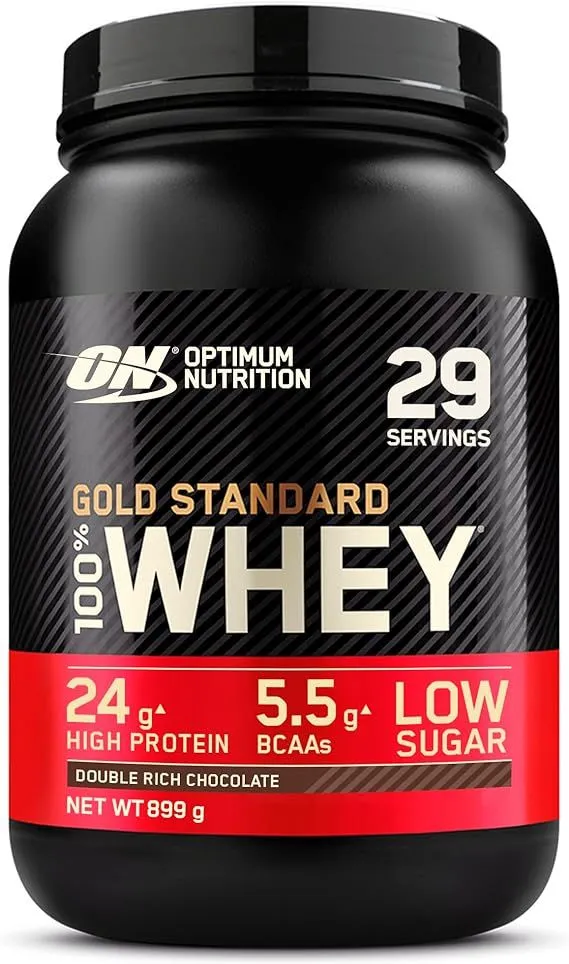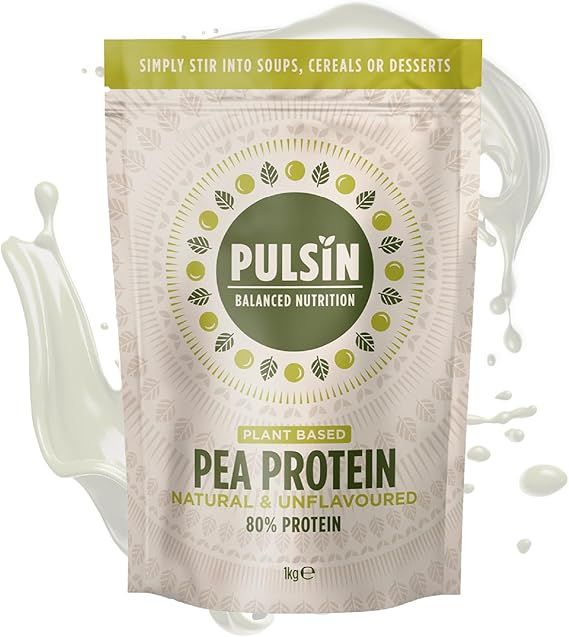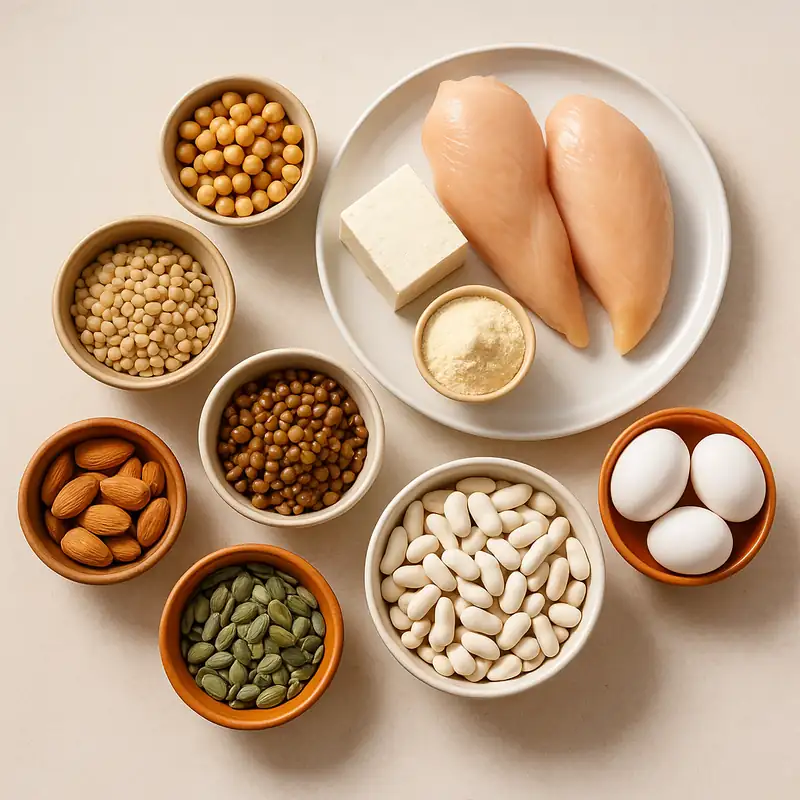Why protein deserves the attention
Protein is everywhere at the moment, from yoghurt pots to snack bars, and it is easy to assume the word is slapped on for marketing effect. The interest does have a sensible foundation. Protein provides amino acids that your body uses for growth and repair, for enzymes and hormones, and for everyday functions that often go unnoticed until they are not there. If you train regularly, if you want to feel fuller for longer, or if you are simply trying to eat in a way that supports long‑term health, understanding protein makes day‑to‑day choices much easier.
Many people assume protein belongs only to bodybuilders or endurance athletes. In reality it is a building block for everyone. The amounts you need and the sources you choose will vary according to your size, activity levels and preferences, but the outcome is similar. When you cover the basics consistently you tend to recover better from exercise, you find it easier to maintain muscle, and you usually feel more satisfied after meals.
How much is enough
The UK Reference Intake sits at approx. 0.8 g per kilogram of body weight per day. For a 70 kg adult that is about 55 g. This is a baseline intended to avoid deficiency and it does not reflect the needs of people who train hard or who are managing appetite while losing weight. Many active people and older adults choose to work within a range closer to 1.2 to 2.0 g per kilogram per day. An 80 kg runner might therefore aim for roughly 100 to 160 g each day. These are guides, not prescriptions, and individual responses vary.
If you prefer to avoid counting, a practical approach is to include a meaningful source of protein at each meal and to use snacks to top up. You can look at a day rather than at any single meal. This mindset keeps things simple and helps you build habits that last.
Guidance only, not medical advice. Speak to a qualified professional if you have a medical condition or specific dietary needs.
Getting protein from everyday food
You do not need specialist products to reach sensible targets. Familiar foods provide a steady foundation, often with useful extras such as fibre, calcium and healthy fats.
| Food (per 100 g, approx.) | Protein (g) | Notes |
|---|---|---|
| Chicken breast, cooked | ~31 | Lean and versatile for batch cooking |
| Eggs, two large | ~12 | Complete protein, budget friendly |
| Greek yoghurt | ~10 | Breakfast or snack, high in calcium |
| Lentils, cooked | ~9 | Plant protein with fibre and minerals |
| Tofu | ~8 | Takes on flavours well, easy to cook |
| Almonds, 30 g handful | ~6 | Portable, contributes healthy fats |
Planning becomes easier when you see how quickly these foods add up. Eggs at breakfast, yoghurt mid‑morning, chicken and quinoa at lunch, lentil curry for dinner, and a handful of nuts across the afternoon can cover most of a moderate target with very little fuss.
Animal and plant proteins
Animal proteins are often described as complete because they contain all nine essential amino acids in a balance that suits the body. Plant proteins are sometimes lower in one or more amino acids, yet variety solves that problem. Beans with rice, hummus with wholemeal pitta, tofu with quinoa, or peanut butter on wholegrain toast are straightforward examples of combinations that round things out. If you follow a plant‑based pattern you can also use blended plant protein powders that are designed to complement one another.
Timing that helps in real life
It is common to load most of the day’s protein into the evening meal. Spreading intake more evenly appears to work better for appetite and for recovery from training. Aiming for roughly 20 to 40 g at breakfast, lunch and dinner is practical. If you train in the afternoon or evening, a snack that contains protein can make it easier to meet your total. Some people use slower‑digesting casein later in the day because they like the steady release. This is optional and comes down to preference.
Persistent myths
- The idea that sensible higher protein intakes harm healthy kidneys is not supported for healthy adults.
- The suggestion that women need less protein because they are women confuses biology with social assumptions; needs relate to body size and activity.
- Protein shakes are not essential. They are convenient when time is tight but whole foods should carry most of the load.
FAQs
Do I need more protein when I am losing weight? A higher protein intake can help with satiety and with maintaining muscle when calories are lower. Many people find targets around 1.6 g per kilogram helpful, although needs differ.
Is it possible to overdo protein? It is possible to add unnecessary calories if you stack shakes on top of meals. Within sensible ranges, protein is safe for most healthy adults. If you have a medical condition, seek tailored advice.
Are powders better than food? Food provides fibre, vitamins and minerals that powders cannot. Powders are best used as a convenience option when you cannot make a full meal.
Wrapping it up
Protein is not a trend. It is a basic part of eating well and feeling strong. If you plan your day with one clear source at each meal and use snacks to fill the gaps, you will meet your needs without turning eating into a project. Keep your approach flexible, choose the foods you enjoy, and use supplements only when they make life easier rather than more complicated.
Featured Protein Powders

Gold Standard Whey

Pea Protein Powder
Premium plant-based protein for vegans and vegetarians.
Ready to Upgrade Your Protein?
Check out our curated protein roundups and comparison guides to find the perfect powder for your goals.
Explore Top 10 PowdersTake the Quiz
